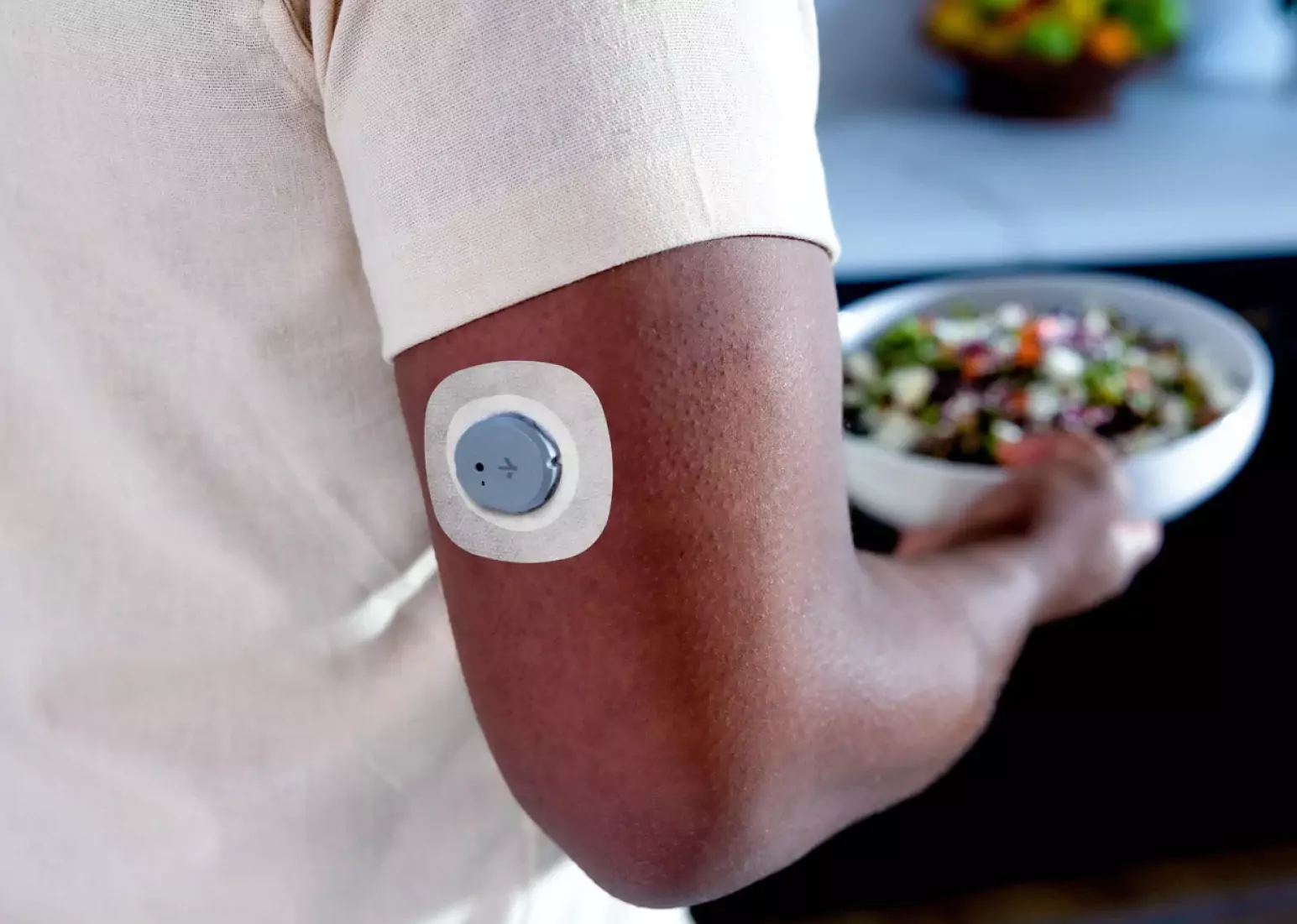Glucose Monitors: The Future of Preventive Healthcare

Key Takeways
If you take a look at the top causes of death in the United States, you will see a list that is all too familiar: cardiovascular disease, cancer, diabetes. Collectively, these three chronic diseases account for approximately two-thirds of all deaths in the United States and $700 billion in economic costs each year. So why are these diseases topping the charts year after year?
Unlike infectious diseases, which we can treat with increasingly complex drug cocktails, treating chronic disease is a battle against our own physiology. Our bodies are so good at maintaining proper function under stress, that small cumulative changes, which lead to chronic disease, are easily overlooked.
By the time we are aware of them, it may be too late to do anything to change the outcomes. We end up like the proverbial frog in hot water, not knowing what is happening until it’s too late. So, let’s look at how traditional medicine approaches chronic disease.
For years, decades even, a person may go about their business, not giving their diet, exercise, or sleep much thought. Youth is the ultimate way to stay healthy, after all! All of a sudden, a lab reading may cross a threshold, a sign that the body can no longer keep its systems in check.
It may go ignored at first because the result was “not bad” or just outside of “normal”. A few years later, symptoms may develop, or existing symptoms may start making sense in light of worsening test results. Medical intervention may finally become necessary and medications (statins, blood pressure lowering medicines, etc) may be prescribed.
During all of this, there is a chance that your doctor will give you a quick “talking to” about your lifestyle habits, physical activity, and dietary choices. Unfortunately, behavior change is a complex problem and most doctors are not equipped to address it, nor do they have enough one-on-one time with each patient to give it the attention that it deserves.
Your doctor also knows that you are much more likely to take the prescribed medication than to change your behavior. It is the largest effect they can achieve with the smallest change to your lifestyle, and it makes perfect sense to suggest it. In a society that values quick fixes over life-long prevention, the choice has essentially been made for them.
{{rich-text-cta-3="/style-guide"}}
The Road To Prevention and Awareness
So what will help us turn the tables and make medicine preventative instead of reactive? How can we focus on recognizing yellow flags early on, and fixing them before they become symptomatic?
In two words: data and personalization. With the benefits of continuous biometric data, it is possible to detect small - but important - deviations from your norm. And with personalization, we can tell where the norm should be. Fortunately, there is progress being made on both fronts.
There are now as many as 30 million Americans who are wearing smartwatches or fitness trackers that can continuously collecting biometric and behavioral data. Genetic testing is allowing us to group populations by traits that are more granular and relevant than sex or ethnicity.
Finally, modern analytics methods are allowing us to see patterns in large datasets that were hidden to us before. Technology is not the only bottleneck on the road to prevention, however. Education, both for the patient and the healthcare provider is equally important.
When the data comes streaming in, we need to know how to make sense of it all, and more importantly, when to suggest behavioral or medical interventions. The Apple Heart Study has recently shown that this is possible to execute on a large scale.
The future is already here — it’s just not evenly distributed — William Gibson
Using A CGM Device to Support Better Health
Technological and scientific progress are throwing us head-first into a new era of personalized, precision medicine. So the natural question that arises is: are there devices on the market which provide us with valuable real-time data that we have overlooked? I believe there is at least one. The continuous glucose monitor.
To a Type-1 diabetic, a continuous glucose monitor (CGM) is a life-saving device. Since their pancreas cannot produce insulin — a key metabolic hormone — their body cannot absorb glucose from the blood-stream. Thus, the CGM gives them feedback about their blood sugar levels and tells them when they require an exogenous insulin injection to help their cells absorb and convert the excess blood sugar into energy.
I do not have Type-1 diabetes, but that doesn’t mean that my body is not affected by chronically elevated blood sugar levels. Blood sugar is a reasonable proxy for insulin, a growth hormone that puts the body into an anabolic state (a state of cell growth).
Recent studies have shown that it is, in fact, this constant state of anabolism that causes many of the chronic diseases we experience in Western society. We evolved in an environment of scarcity but now live in a world of plenty, which our bodies have not evolved to deal with.
Furthermore, sustenance is such a powerful driver of behavior that we must work very hard to suppress our urges to gorge on calorie-dense foods that are now all around us. Though fasting and exercise can help mitigate some of the ill effects of our diets, but with data and personalization we can do even better!
A CGM provides data that is instantaneous, personal and actionable. It is able to tell me in real-time how my choice of macronutrients, portion size, and meal timing are affecting my blood sugar. This type of personalized feedback is much more meaningful to me than general health advice from books or friends.
Knowing that the feedback is coming from my own body allows me to create a diet designed for me, not for a statistical approximation of a human. It helps me choose the right carbs to eat, the right time of day to eat them, and keeps me accountable day-to-day. (More about how the CGM data allows me to do this this in another post.)
A CGM is just the first of many tools on our journey to personalized, preventative medicine. Bio-sensing technology is advancing rapidly and will be a key driver of the preventative medicine movement.
Find the right Nutrisense programto turn insight into progress.
Go Beyond Glucose Data with Nutrisense
Your glucose can significantly impact how your body feels and functions. That’s why stable levels are an important factor in supporting overall wellbeing. But viewing glucose isn't enough. Nutrisense, you’ll be able to learn how to use your body's data to make informed lifestyle choices that support healthy living.
One-to-one coaching
Sign up to access insurance-covered video calls to work with a glucose expert: a personal registered dietitian or certified nutritionist who will help tailor your lifestyle and diet to your goals.
Monitor and measure what matters
With the Nutrisense CGM Program, you can monitor your glucose with health tech like glucose biosensors and continuous glucose monitor (CGM)s, and analyze the trends over time with the Nutrisense App. This will help you make the most informed choices about the foods you consume and their impact on your health.
Find your best fit
Ready to take the first step? Start with our quiz to find the right Nutrisense program to help you take control.

Kara Collier is a registered dietitian nutritionist and certified nutrition support clinician who is passionate about reshaping how we approach prevention, behavior change, and metabolic health. A Forbes 30 Under 30 honoree, she’s helped over 150,000 people improve their metabolic health using tools like continuous glucose monitors and behavior-focused nutrition strategies. Kara has been featured by Forbes, UC Berkeley, and HLTH, and has appeared on top podcasts like Mind Pump and The Genius Life.



.png)
